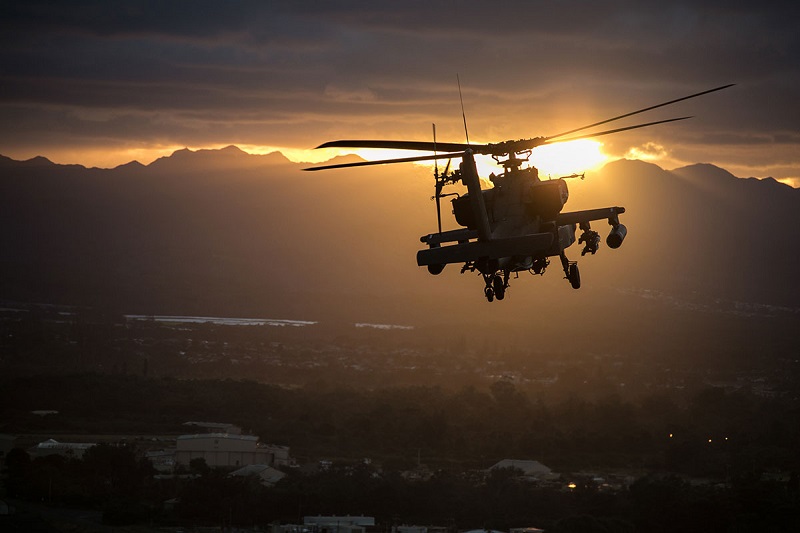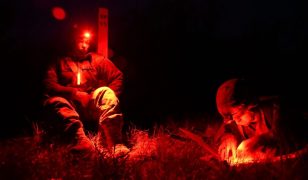On May 3, the U.S. Army Research Laboratory released a broad agency announcement for AI/ML Research for Expeditionary Maneuver and Air/Ground Reconnaissance. Responses are due by 5:00 p.m. Eastern on June 3.
The Army Research Laboratory (ARL) is planning to consider proposed research and development solutions submitted under the ARL Broad Agency Announcement (BAA) for Basic and Applied Scientific Research topic Artificial Intelligence (AI) and Machine Learning (ML) under the Information Sciences Campaign (section II.A.4.k.) in support of new technologies and translational research-based approaches in two (2) areas (1) Expeditionary Maneuver and (2) Air/Ground Reconnaissance.
1. AI/ML Research for Expeditionary Maneuver
Problem: How do Intelligent Systems reason about, interact with, navigate through, and manipulate a dynamic environment (to include the unknown physical world) to achieve complex Army relevant actions for the future multi-domain battlespace?
Specific Areas of Interest:
• Methods to learn physics abstractions of objects from observations and to learn and validate models through interaction with the environment.
• Ability to infer, learn, and model the dynamics of complex objects, including humans, to include predicted outcomes of their physical interactions with the intelligent system.
• Enhanced physical scene understanding, through physical probing and learned experiences, for enabling maneuver and interaction planning for complex and resilient maneuvers and behaviors.
2. AI/ML Research for Air/Ground Reconnaissance
Problem: How do diverse, embodied agents collectively sense, infer, reason, plan, and execute in collaboration with Army warfighters and in the face of a peer adversary? Additionally, how to extend the reach, situational awareness, and operational effectiveness of Army Intelligent System/Soldier teams against dynamic threats in complex and contested environments.
Specific Areas of Interest:
• Intelligent systems that can learn and adapt to dynamic changes in the environment
• Self-organizing teams based on mission goals and available systems that can compose and share representations of the world to coordinate on the local and global level
• Ability to learn and interact with humans at multiple levels
• Systems that learn perception-action-communication loops to adapt and modify behaviors as the mission demands and the communication constraints and the data allows
Full information is available here.
Source: FedBizOpps








